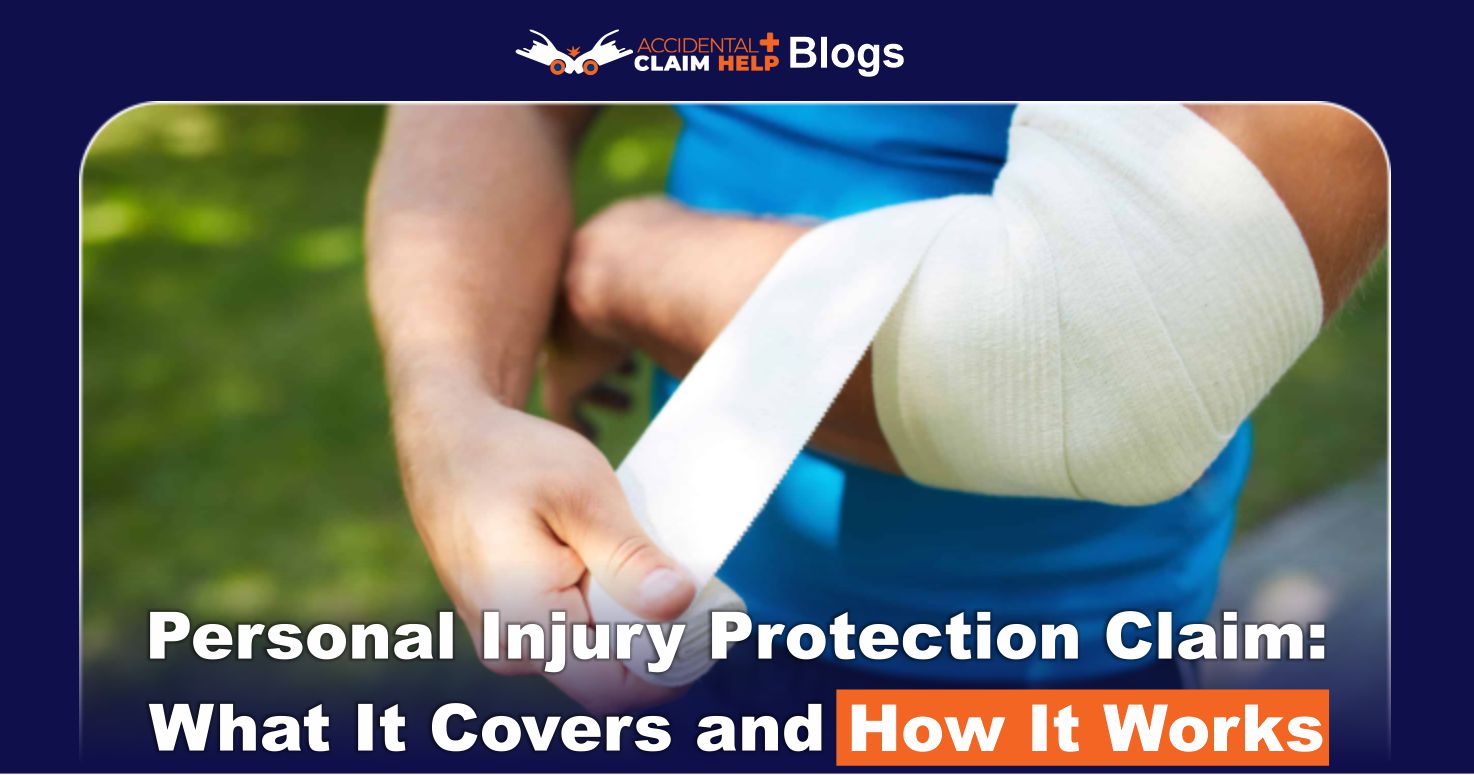Personal Injury Protection Claim: What It Covers and How It Works
If you’ve ever been in a car accident, you know how fast medical bills can pile up. That’s where a personal injury protection claim (often called PIP) comes in. This coverage helps pay for your medical expenses, lost wages, and related costs after a crash—regardless of who caused it. In short, PIP insurance ensures that you and your passengers get the medical care you need without waiting for a liability dispute to settle.
Understanding Personal Injury Protection Insurance
Personal injury protection insurance is a type of no-fault car insurance. It’s designed to cover your injuries and certain related expenses after an accident, even if you were the one at fault. Not every state requires it, but in places like Florida, New York, and Michigan, it’s mandatory.
How Does PIP Insurance Work?
PIP coverage kicks in right after an accident. Instead of waiting for the other driver’s insurer to pay, you file a claim with your own insurance company. That’s the essence of a no-fault system—it helps speed up medical payments.
For example, if you’re hit at an intersection and break your leg, your PIP coverage can help pay hospital bills, rehabilitation, and even a portion of your lost wages while you recover. It can also cover expenses like transportation to medical appointments or childcare if your injury prevents you from working.
Personal Injury Protection vs. Bodily Injury
Many people confuse personal injury protection vs bodily injury coverage, but they serve different purposes. PIP covers your own medical costs and those of your passengers after a crash, regardless of fault. On the other hand, bodily injury liability insurance pays for other people’s injuries when you are at fault in an accident.
To put it simply:
- PIP = your injuries
- Bodily injury = other people’s injuries
Having both ensures you’re protected from both angles—your own recovery and potential claims from others.
How Much PIP Coverage Should I Get?
Choosing the right coverage limit depends on where you live and how much protection you want. Some states set a personal injury protection minimum, which could be as low as $2,500 or as high as $50,000, depending on the state.
Personal Injury Protection Minimum Requirements by State
Each state’s insurance laws vary. For example:
- Florida: $10,000 minimum PIP coverage
- New York: $50,000 minimum
- Massachusetts: $8,000 minimum
If you live in a no-fault state, you’re usually required to carry at least the state minimum. But keep in mind—medical costs can add up fast.
Deciding the Right PIP Coverage Limit
So, how much PIP coverage should I get? It depends on your personal situation. If you have good health insurance and disability coverage, the state minimum might be enough. But if your health insurance has high deductibles or doesn’t cover accident-related care, you might want to increase your PIP limits.
Think of PIP as a safety net. More coverage means less financial stress if you’re seriously injured and unable to work.
What Does a Personal Injury Protection Claim Cover?
When you file a personal injury protection claim, your insurer can reimburse several types of costs—beyond just medical bills.
Common Expenses Covered by PIP
Here’s what your PIP typically includes:
- Medical costs: Doctor visits, hospital stays, surgeries, and rehab.
- Lost income: A portion of your wages if your injury prevents you from working.
- Essential services: Childcare, house cleaning, or transportation.
- Funeral costs: In fatal crashes, PIP can help cover funeral expenses.
Unlike health insurance, PIP doesn’t limit you to specific doctors or hospitals. As long as the treatment is related to the accident, it’s usually covered—up to your policy limit.
PIP Claim Process: Step-by-Step
Filing a claim is fairly simple:
- Notify your insurer right after the accident.
- Provide documentation—police report, medical records, and bills.
- Sign a medical release so your insurer can verify treatment.
- Track reimbursements for all accident-related expenses.
Your insurer may pay providers directly or reimburse you after you’ve paid the bills.
Understanding Personal Injury Protection Payouts
When you submit your PIP claim, your insurer calculates your personal injury protection payout based on covered expenses and your policy limits.
How PIP Payouts Are Calculated
Let’s say your policy covers up to $20,000 in PIP benefits. If your hospital bills total $15,000 and you lose $2,000 in wages, your payout will be $17,000—assuming both are approved claims.
But if your expenses exceed your coverage limit, you’ll be responsible for the rest. That’s why it’s important to review your policy before an accident happens.
PIP vs. Health Insurance Claims
Another thing to know—PIP may work alongside your health insurance. For instance, your PIP coverage might pay first for accident-related injuries, and your health insurance picks up anything beyond your PIP limits. Some states even require coordination of benefits between the two.
When You Might Need Personal Injury Protection Car Insurance
Even in states where PIP isn’t mandatory, getting personal injury protection car insurance can be a smart move—especially if you drive often or commute long distances.
Benefits of Having Optional PIP Coverage
Here’s why some drivers choose to add PIP voluntarily:
- It provides faster access to funds for medical treatment.
- You can use it for non-medical expenses, like lost wages.
- It protects passengers and family members in your vehicle.
In short, even if your state doesn’t require it, PIP gives you extra peace of mind.
PIP in At-Fault States
If you live in a fault-based state like Texas or California, you might think PIP isn’t useful. But accidents happen every day, and liability disputes can drag on for months. Having PIP means your bills get paid immediately, regardless of fault—then your insurer may seek reimbursement from the at-fault driver’s insurer later.
FAQs
Can I use PIP for passengers in my car?
Yes. PIP usually covers you, your household members, and passengers in your vehicle at the time of the crash.
Does PIP cover pain and suffering?
No. PIP only covers economic losses—like medical expenses and wages—not non-economic damages like pain and suffering.
What if another driver’s insurance pays later?
If the other driver is found at fault and their insurer pays your medical costs, your insurance company may recover the PIP amount they already paid through a process called subrogation.
How much can I claim for personal injury?
There’s no fixed amount you can claim—it depends on factors like your medical bills, lost wages, how serious the injury is, and who’s at fault.
What does a personal injury claim include?
A personal injury claim typically includes economic damages (medical costs, rehabilitation, lost income) and non-economic damages (pain and suffering, emotional distress).
What is the most common personal injury claim?
One of the most common types of personal injury claims in the U.S. arises from motor vehicle accidents.
What does $100k / $300k / $100k mean?
When you see numbers like “$100 k / $300 k / $100 k” in a car insurance policy, it means:
- $100,000 = maximum bodily injury liability per person
- $300,000 = maximum bodily injury liability total per accident
- $100,000 = maximum property damage liability per accident
Conclusion
A personal injury protection claim helps you recover from an accident without financial delays or disputes over fault. It covers medical costs, lost income, and essential services—making it a crucial part of your car insurance coverage. Whether you live in a no-fault or at-fault state, having the right PIP limits can make all the difference in your recovery and peace of mind.







